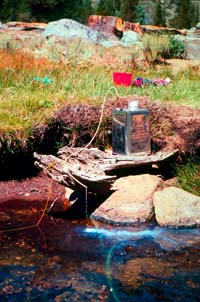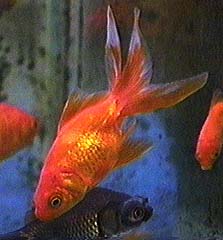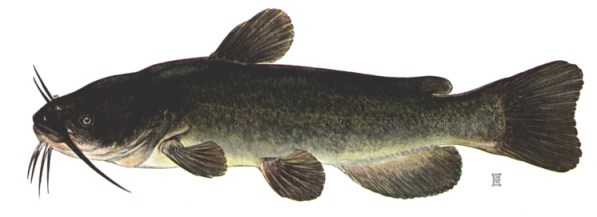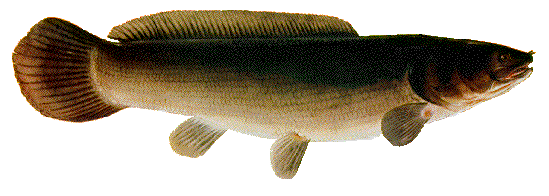Rotenone
as a piscicide
Rotenone is the most commonly used pesticide
to eradicate fish populations. For many years, introduced fish species
have caused desirable native species to suffer because of the unwanted
speciesí competitiveness. When a pond or lake has an unbalanced fish
population and is therefore undesirable to recreational fishermen, a common
solution is to eradicate the fish population completely and introduce new
fish in a more desirable combination.

However, as with any pesticides, rotenone must
be used carefully. In California in 1997, a lake that was a primary
water source for 2,300 people was treated with rotenone in order to kill
Northern Pike. The pike had been illegally introduced into the lake
and were threatening to destroy prized salmon and trout fisheries.
However the pesticide killed all the fish in the lake. The residents
were forced to find an alternative water source, as the seven-mile lake
was still contaminated six months later.

Some fish are more resistant to rotenone than others
and require a higher concentration to have the same effect. Resistant
fish include bullheads, goldfish and bowfin. Rotenone treatments
will usually kill fish within 24-36 hours. When poisoned with rotenone,
fish swim erratically and move to shallower water or come to the surface
gasping for air. After that, their ventilation rate slows and they
sink to the bottom where they remain until death. This happens not
because rotenone removes oxygen from the water, but because it inhibits
a process that occurs during cellular respiration, called oxidative phosphorylation.
The specific site of action of rotenone is in the electron transport system
where it blocks a mitochondrial enzyme called NADH ubiquinone reductase
(or complex 1). This means that the blood oxygen content of the fish
will increase because oxygen is now unavailable for respiration.
Rotenone is able to inhibit cellular respiration
in almost every living organism, including mammals, fish, amphibians, insects
and even plants. So why is rotenone only toxic in this way to fish
and insects? Fish are highly susceptible because rotenone can efficiently
and quickly enter the blood stream through the gills. This is compounded
by the fact that rotenone is very insoluble in water and the gills have
a relatively high lipid content that the rotenone will favour. The
trachea of insects acts in a similar way to the gills of a fish meaning
rotenone can also act quickly on insects. Mammals are not usually
affected by rotenone as it is inefficiently absorbed from the gastrointestinal
tract.

Rotenone poisoned fish can be revived by simply
putting them into untreated fresh water. Rotenone can also be detoxified
by solutions of potassium permanganate, chlorine or methylene blue.
The use of methylene blue is not recommended because it increases bacterial
infection on fish. Potassium permanganate is the most effective at
detoxification and is used to reverse the toxicity in the affected fish
or to accelerate the natural breakdown in water. It is often used
on water in outlet streams flowing out of treated lakes so that rotenone
will not kill desirable fish species that live in the stream.

Rotenone treatments in municipal water supplies
have often been criticised because they can cause water to have a bad odour
and taste. Adding activated carbon to the treated water can control
these effects. Also, if the rotenone is applied during the summer
it will degrade faster due to the increased temperature and light levels.




